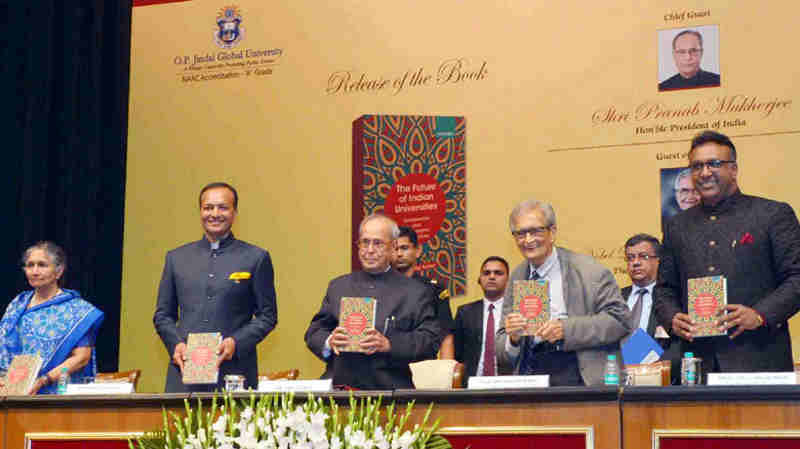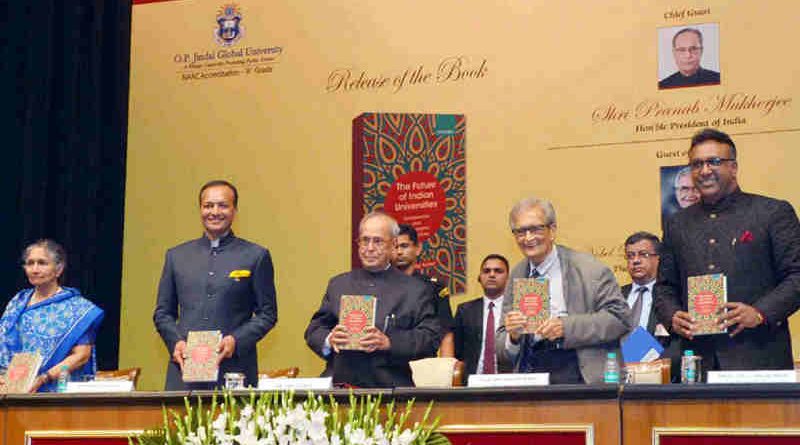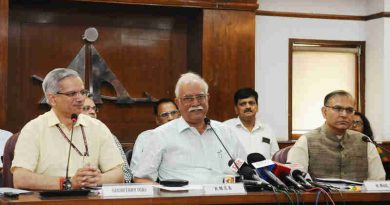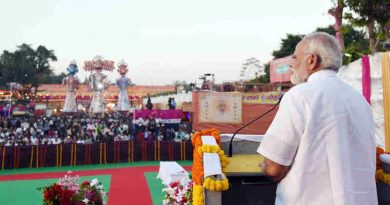What Is the Future of Indian Universities?

The President of India, Pranab Mukherjee, received the first copy of the book ‘Future of Indian Universities: Comparative and International Perspectives’ from Nobel Laureate Professor Amartya Sen who formally released it at a function held at Rashtrapati Bhavan on Monday.
Speaking on the occasion, the President urged all present there to think about the future of Indian Universities as a continuation of India’s rich history and heritage of education.
He said that we would do well to take from reforms by great philosophers and visionaries, such as Tagore, who sought to revive the ancient Buddhist tradition of higher learning and research in a “common pursuit of truth” for all mankind.
[ Why Are Most Degree Holders Unemployed in India? ]
As our “Universities of the Future” gear up for global competition to find their place on the tables of institutional rankings, let us not forget the difference between “world-class” and “world-minded”.
The President said that let our “Universities of the Future” re-invent our rich past heritage of “Kautuhalshala” (an assembly of inquisitive minds raising questions), hitherto silenced by the pedagogy of rote-memorising for test.
Let our students raise important research questions and break new grounds in scientific discoveries, artistic creativity and philosophical ruminations. Let our “Universities of the Future” help reproduce the next generation of great scientists, philosophers, artists, teachers, doctors, engineers and innovators.
[ RMN Foundation Free School Launches ‘Learn to Earn’ Program ]
In the pursuit of these Kautuhalshalas, let us reinforce the glorific spirit of India where ‘shashtarth”, ‘tark’ and ‘vad vivaad’, – continuous dialectics, led to constant synthesis. Let us produce Argumentative and Pragmatic Indians rather than intolerant and dogmatic citizens.
The book ‘Future of Indian Universities: Comparative and International Perspectives’ has been complied by Professor (Dr.) C. Raj Kumar, Vice Chancellor of JGU University and is published by Oxford University Press.
Photo courtesy: Press Information Bureau
💛 Support Independent Journalism
If you find RMN News useful, please consider supporting us.




